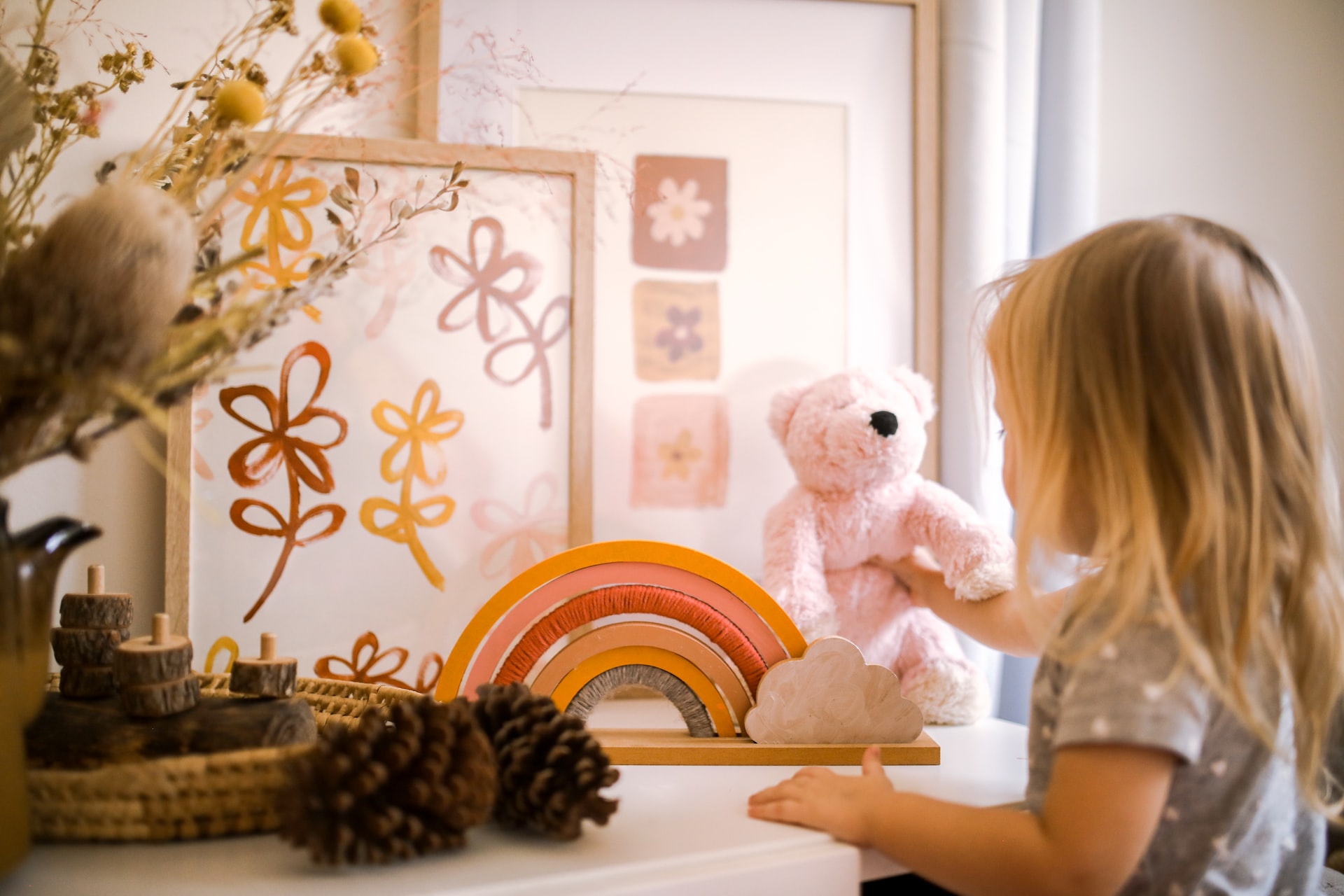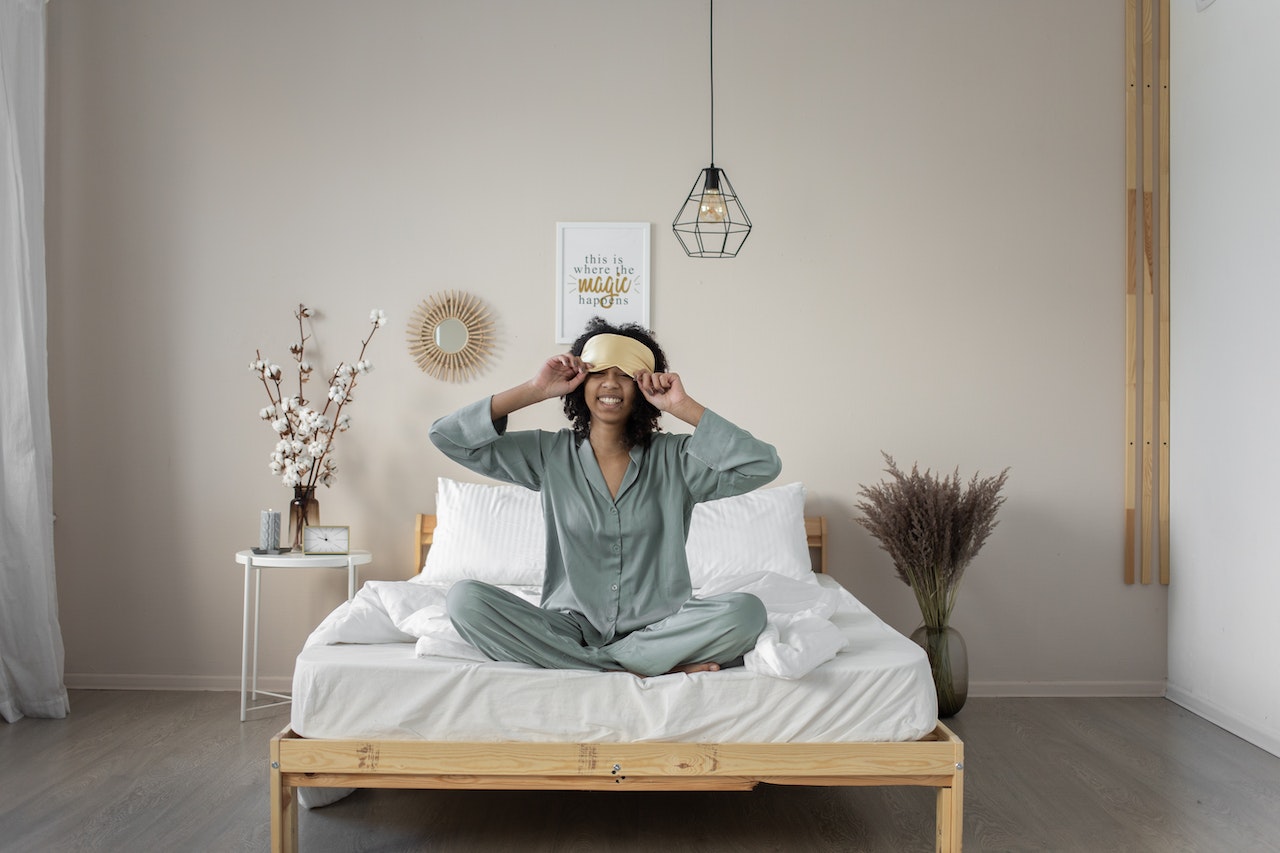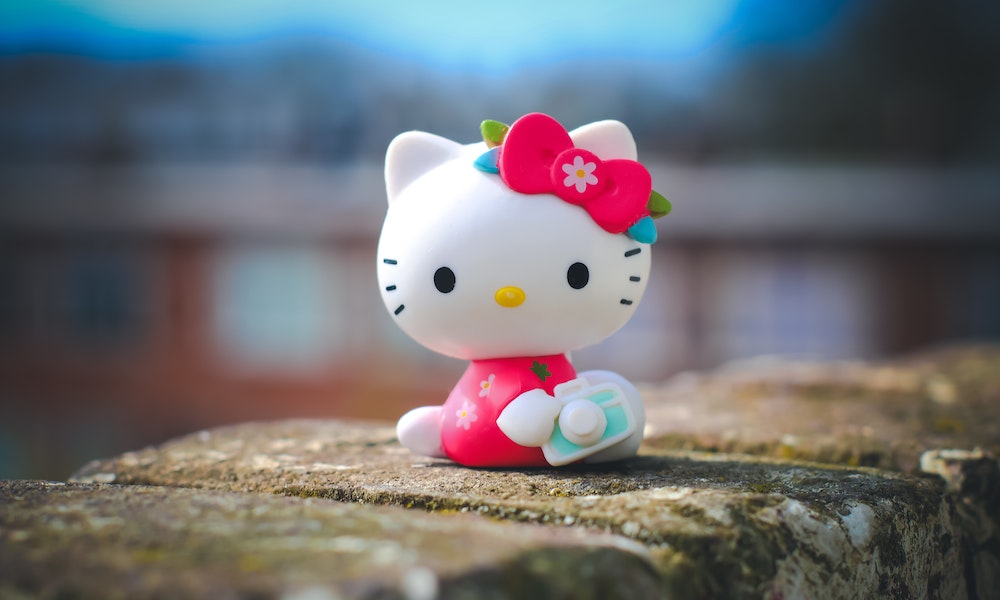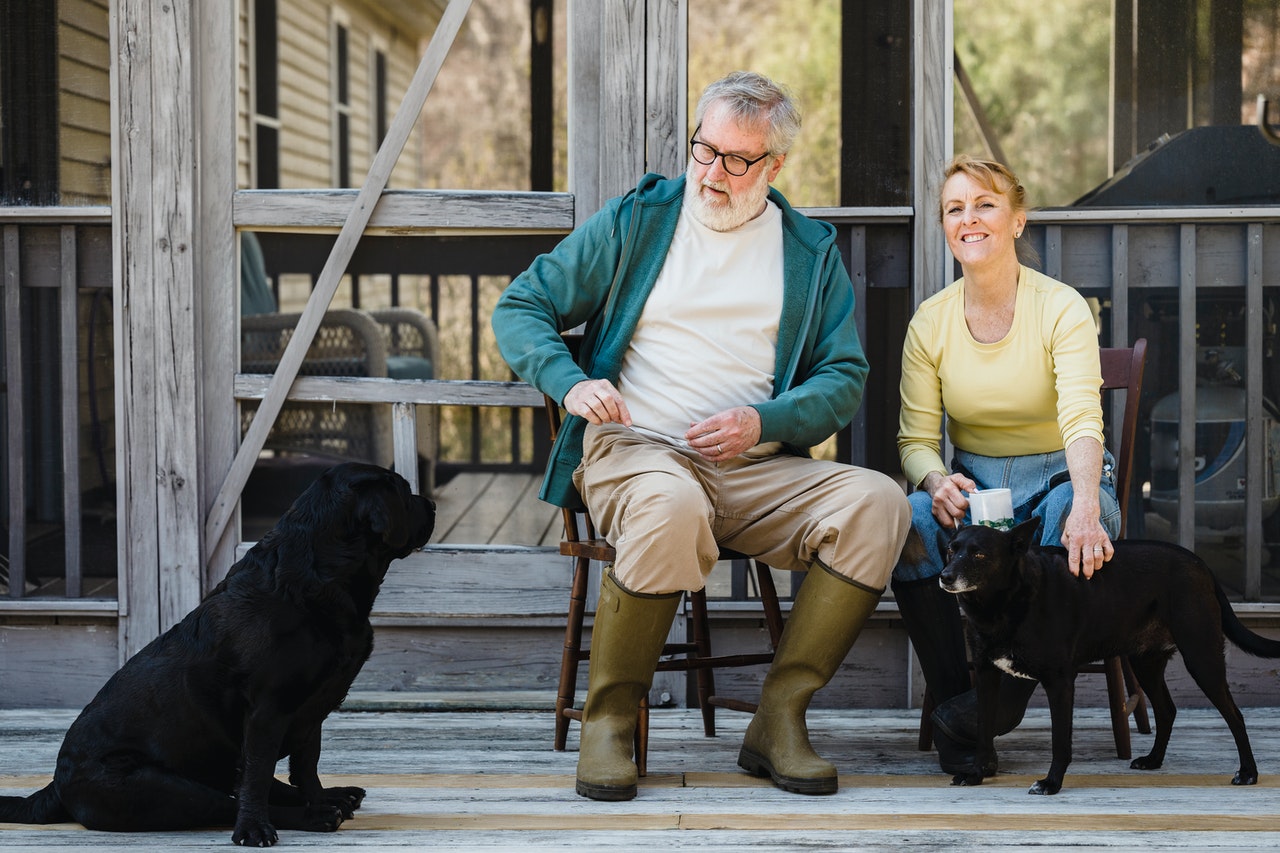There comes a time when a nursery no longer meets an infant’s growing needs. When that happens, it’s time to transition from the nursery to a toddler bed and a big kid’s bedroom. Surroundings have a powerful influence on infants and toddlers — a comfortable environment creates a calming atmosphere and allows infants to function without stress.
A well-thought-out big kid bedroom plays a big part in your child’s development. Here are some toddler room ideas, plus a few ways you and your child can navigate this transition with ease and functionality. Additionally, it’s important to consider safety measures during this transition phase. Installing door baby gates can help create a secure environment, preventing your toddler from accessing certain areas of the house unsupervised. Door baby gates can be particularly useful in keeping your child safe when they start exploring beyond their bedroom.
Table of Contents
The crib-to-bed transition
Safety first
Comfort and convenience

The crib-to-bed transition
At a certain age, kids start making their best impression of Houdini and start climbing out of their cribs like highly-trained escape artists. This stage often happens around age three, but it differs for every child. Here are a few tell-tale signs that your toddler is ready for a big-kid bed:
- They jump around in the crib
- They try to climb out of the crib
- They successfully climb out of the crib
These indicators let you know when it’s time to swap out the crib for a toddler bed. Still, just because your child is ready doesn’t mean the switch needs to be abrupt. When your child is ready to make the transition, try out these tips to help the transition go smoothly:
- Include your child in the decision-making process. Asking your little one for input makes the space more personal for them.
- Stick to one big change at a time. Transitioning to a big kid’s bedroom is hard enough, but pairing it up with other life changes could make it difficult for your child to adapt.
- Keep the same nighttime routine. Children thrive with a secure routine. If your bedtime routine stays the same in their new room, your child will adapt more quickly.
- Start the transition with nap time only. Have your child nap in their new toddler bed before spending the night there.
- Don’t rush it. Children develop in their own time. Let your child determine how fast that happens.
- Say goodbye to the crib in a special way. The crib is a place of security for your child, so make saying goodbye to it a special event you and your child can celebrate together.
Safety first
A big part of raising a child is ensuring that you provide a safe place for them to grow. Safe Home stated in their 2022 Annual Childproofing Report, “Four out of ten parents believed a child’s injury could have been avoided had they taken proper childproofing precautions in and around the home.” They further state that 20% of parents admitted they were less vigilant about childproofing with the second child.
Here are a few safety spots in your child’s bedroom to look out for:
- Outlet covers. A curious child might try to insert toys, utensils, fingers, and so on into an exposed outlet.
- Window locks. An unsecured window can present a serious safety issue for your toddler. Consider a home security system to monitor every door and window in the house.
- Secure furniture to walls. While a toddler’s bed may not pose a tipping hazard, a bookshelf or a table will.
- Rug tape. Tape the corners of any rugs in your child’s bedroom to prevent your little one from tripping.
- Safety latches. Drawers can become stairs if they aren’t safety latched.
- Keep cords out of reach. Electrical cords can present a safety hazard.
- Keep small toys out of reach. Small toys can present a safety hazard since toddlers tend to explore and learn by putting things in their mouths.
- Choose the right toddler bed. If your toddler bed doesn’t have sides or rails, you can purchase easy-to-install safety rails.
- Use a baby monitor. A baby monitor allows you to remotely monitor your baby’s activities, ensuring their safety and well-being even from a different room.

Comfort and convenience
A big kid’s bedroom provides comfort and calm for your child. Arrange the room so it’s easy for your toddler to find and access things like clothing, books, and toys.
Read on to find out how to make your child’s bedroom comfortable and convenient.
Lighting
Natural light is the best source, but it’s not always available. Consider hiring a general contractor to install ceiling or wall-mounted lights in your little one’s bedroom. Lamps with soft light are a great way to set the mood for sleepy bedtime stories, and nightlights or motion-sensor lights can help your toddler see if they get out of bed at night. It’s also a good idea to install blackout curtains to encourage restful sleep.
Child-sized space
A kid’s bedroom is their own space, so decorate it in a way that suits a child’s size. Using furniture and toy storage designed for children will allow them to easily reach the things they need and explore whatever catches their interest.
Eye-Level Accessibility
Keep your child’s toys, clothing, and books easy to reach when arranging the big kid’s bedroom. You can teach your child how to care for their belongings by allowing access to these things.

Organization
A child’s bedroom is an excellent place to teach them how to look after their personal space. An organized bedroom means that everything has a logical place to be stored.
Toy storage
The toddler stage marks the beginning of independent play. Implement a toy storage system with labeled bins and open shelving so kids have easy reach. Toy rotations help keep toys at a minimum to avoid overstimulation.
Clothes
Clothing provides an excellent learning opportunity. Teach your child to dress themselves, sort and put clothes away, and put dirty laundry in its proper place. If you sort your laundry into whites and colors, you can teach your child to do the same by including a white hamper for one pile and a colorful hamper for the other pile.
You can opt to allow your child to use the whole room as a dressing area, but the Montessori idea of a toddler dressing area has a few benefits you may want to consider:
- Make everything accessible
- Display clothing for easy choosing
- Choose child-sized furniture
If you’re interested in creating a Montessori dressing area for your child, you only need a few things:
- A low clothing rack or dresser
- Laundry baskets
- A secure, wall-mounted mirror
After designing your child’s dressing area, ensure only a few options are out on display, so your child doesn’t become overwhelmed.
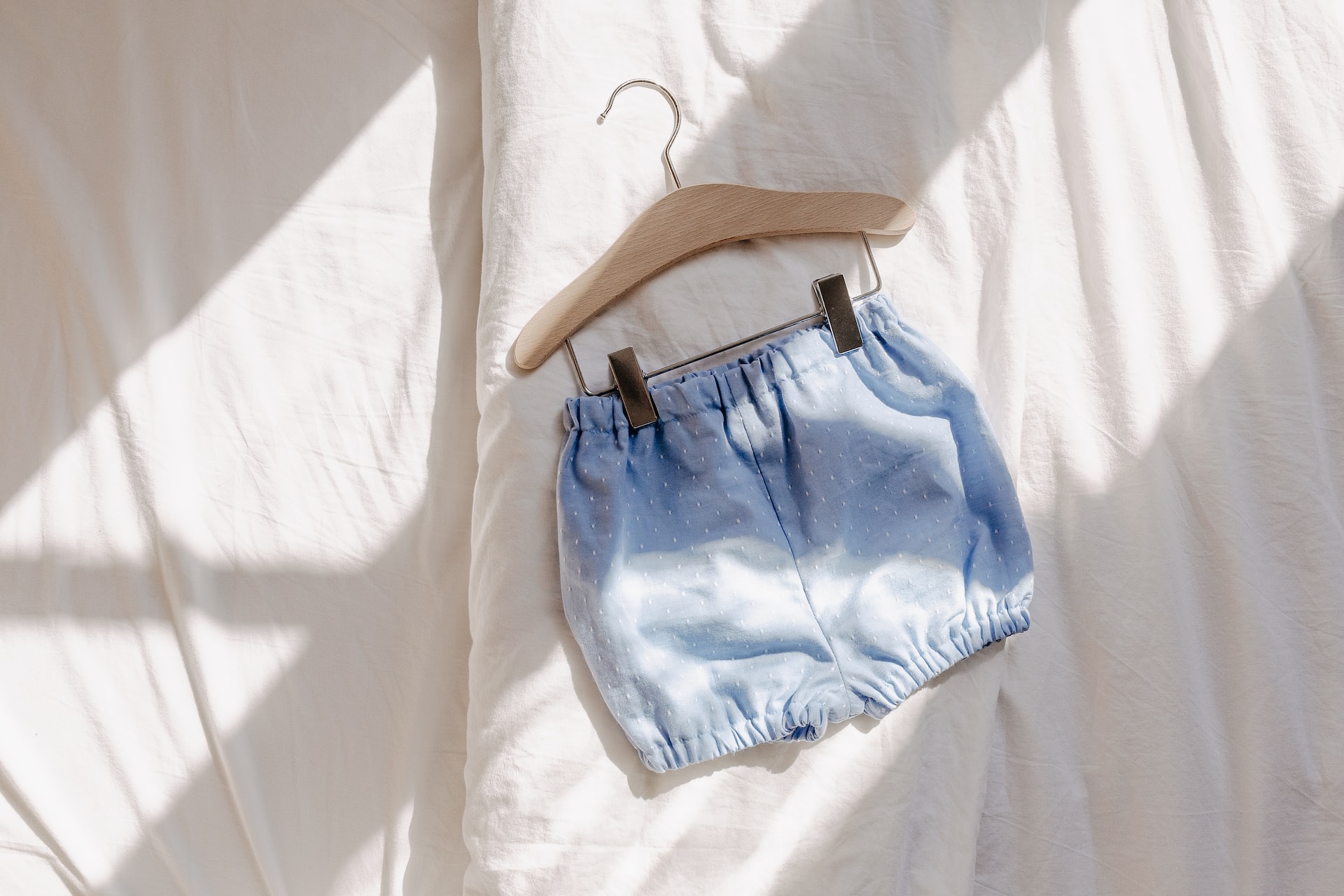
Encourage your child to clean up after themselves
Learning how to clean up is part of growing up. Make sure your toddler knows where the items in their room go, and make a point of modeling the correct behavior. Making clean-up time fun is a fantastic way to show your child that cleaning doesn’t have to be a bummer.
Here are a few ways to make cleaning fun:
- Sing a clean-up song to encourage your child. Many parents use a popular song: “Clean up, clean up, everybody everywhere. Clean up, clean up, everybody do your share.” Playing your child’s favorite music is also an option.
- Do a scavenger hunt. List items one at a time, and encourage your child to find them and put them away.
- Play a color-matching game. For example, say, “Find toys that are blue,” and give your child time to look for and put those toys away.
Decor and design tips
Decorating allows you to truly personalize your child’s space. Here are a few decorating and designing tips for your kid’s bedroom:
- Let your child’s interests be the inspiration for the bedroom. Foster a sense of ownership and belonging by letting your child choose their decor.
- Designate one wall as the main focal point. Save a bit of money by creating one accent wall instead of four.
- Make sure surfaces are easy to clean and suitable for the activities in the area. Toddlers are messy people, so having surfaces that are easy to wipe will make clean-up a cinch.
- Make sure there’s enough light, ventilation, and suitable heating and cooling. Proper lighting in a well-ventilated room with an appropriate temperature will reinforce a feeling of comfort and calm.
- Opt for furniture with rounded corners. Furniture with sharp corners can be a safety hazard for your child. Use pads to cover the corners if you can’t find rounded furniture.
- Add a homework/arts and crafts station. Encouraging your child’s creativity can lead to a lifetime of healthy self-expression and exploration.
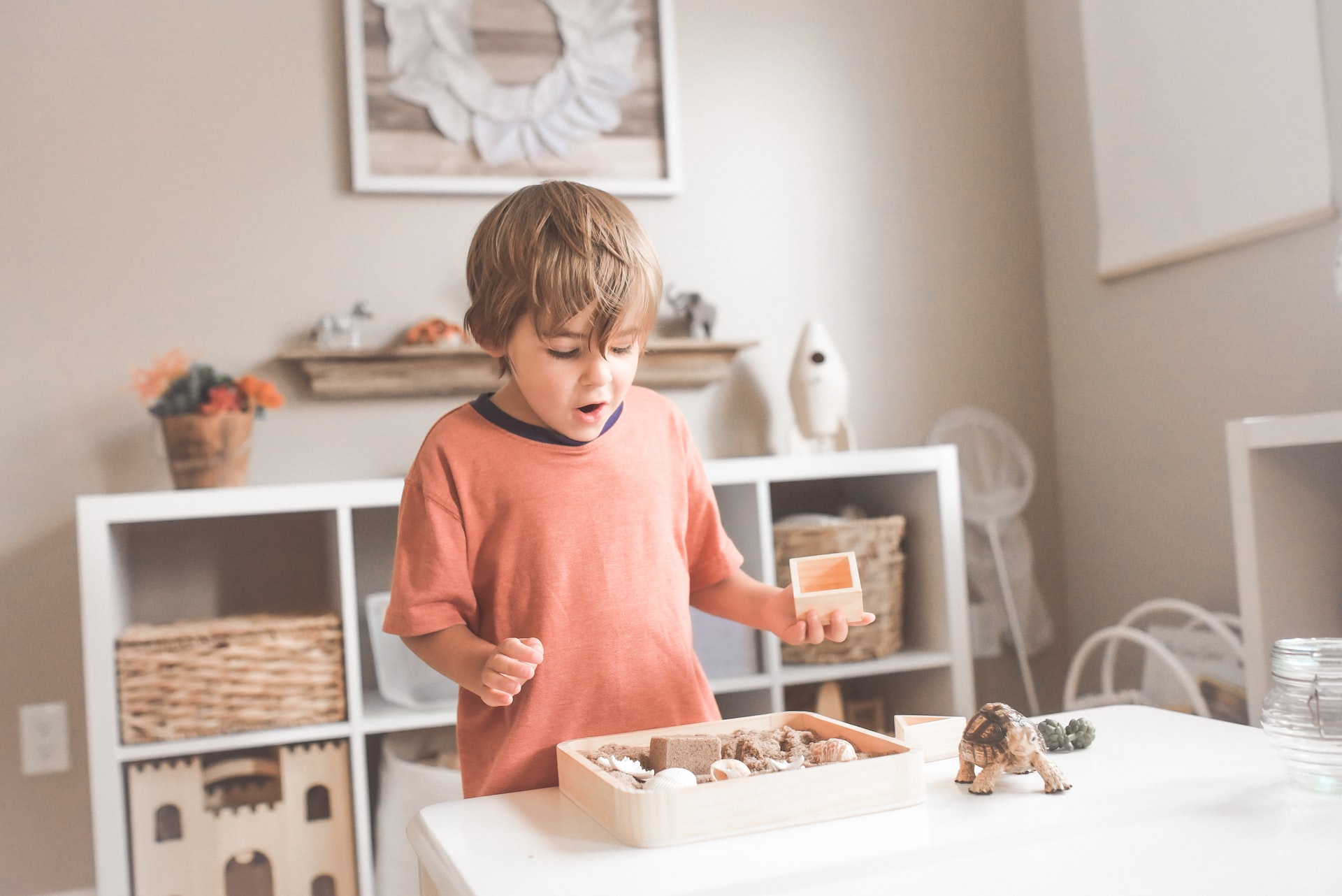
Watching your child grow and surpass the milestones of development is rewarding, but it can be challenging to provide them with a safe and encouraging environment for learning and figuring out how the world works. Get off to a great start by creating a genuinely comfortable and nurturing big kid bedroom when they are ready to transition from the crib to the toddler bed.
